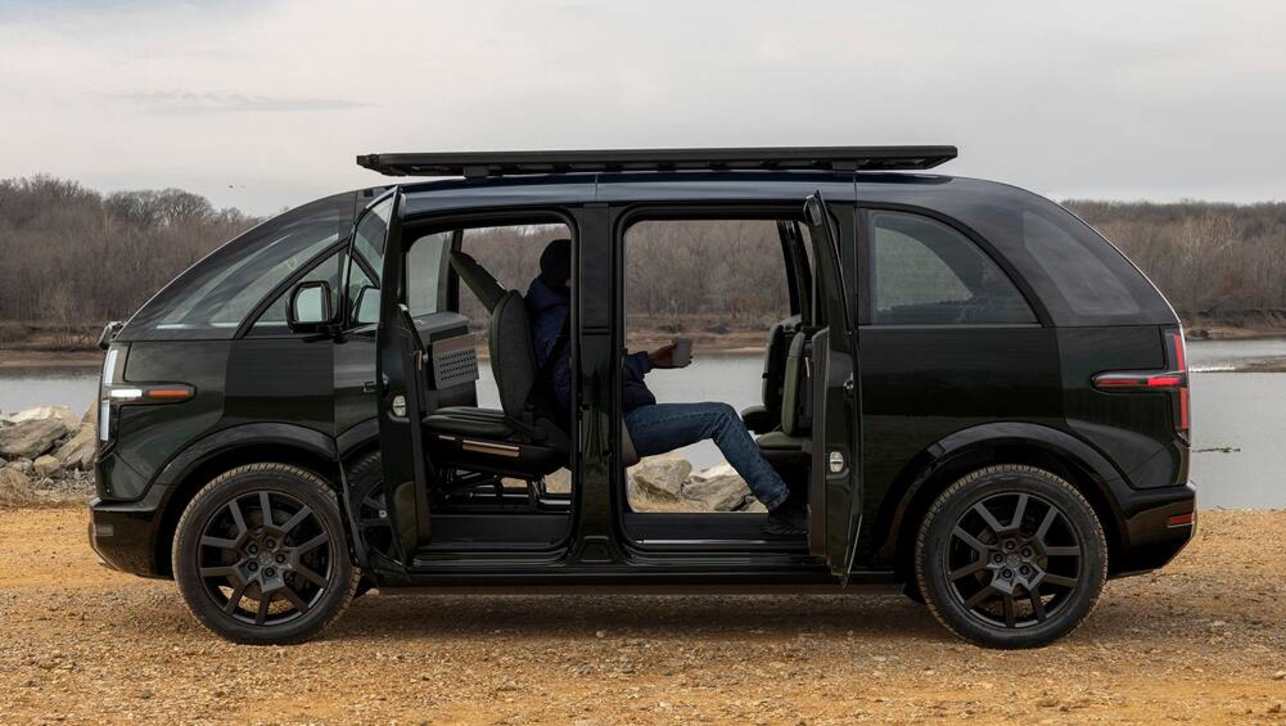If I asked you what sort of car you have, could you answer it? I don’t mean the make and model, I’m talking about the body style.
Is it a hatchback? Or perhaps an SUV? Maybe a sedan or wagon? Could also be a ute? Possibly a crossover - whatever that is.
The reality is you may not know what it is. And in a few years from now, it might not matter at all.
Vehicle design has changed dramatically over the years, and for some models and categories, there’s less of a distinction between body styles than there was perhaps even only 20 years ago.
Back then passenger cars like the Holden Commodore, Ford Falcon and Toyota Corolla were the biggest sellers, and there was a clear difference between passenger sedans, wagons and hatchbacks, and the SUVs available at the time, like the Mazda Tribute or Hyundai Terracan.
These days something like a Kia Stonic is considered an SUV, even though it looks like a small hatch and it rides only 40mm higher than the model it's based on - the Kia Rio light hatch.
I mean, can we really call the tiny Suzuki Ignis an SUV? And what about the Citroen C4? What exactly is that? A hatch/SUV/liftback/crossover/wagon?
And why are models like the Volkswagen Passat Alltrack and Subaru Outback considered SUVs when the very similar Audi A6 Allroad isn’t? Another jacked-up wagon, the Volvo V60 Cross Country, is considered a medium-sized passenger car. What the what?

What I’m getting at here is, the lines are increasingly blurred. So why do we even bother with terms like ‘SUV’, ‘sedan’, ‘wagon’ and ‘hatchback’? Isn’t it all a bit redundant?
The reason is, as it often is, marketing.
Buyers are ditching traditional passenger cars for SUVs in record numbers - passenger cars made up more than half of all sales back in 2010, while SUVs were less than a quarter of that year’s annual haul. Cut to 2022 and SUVs make up half of the year’s sales so far, with passenger cars down to less than a fifth.
The perception that SUVs are more practical - particularly for people with children - has helped push people into SUVs. And with sedans and wagons seen by many as daggy or old school - because it’s what their parents drove - that's also playing into this obsession with SUVs.
Given carmakers are all about making money, if buyers are hungry for SUVs, then they'll keep building SUVs. These types of vehicles are more profitable and manufacturers almost always charge more for an SUV over and above a similar passenger model.

Kia charges between $2000 and $5000 more for the equivalent variant of the Stonic compared with the Rio. Many other brands including Volkswagen and Toyota do this too.
And it is carmakers that ultimately determine the classification of their models.
But is there a purpose to these categories? Do buyers actually care whether their preferred model is an SUV or a hatchback? Well, some people clearly do.
So, should we drop the categorisation altogether? Can’t we just call all new models ‘cars’ and be done with it?
Well, one rather significant trend that could help sink these dated terms for good is electrification.
.jpeg)
Electric propulsion has changed the design of vehicles already and that shift looks set to continue.
There’s already evidence on our roads. The Kia EV6 and related Hyundai Ioniq 5 are sold as SUVs, but are they really? What makes them an SUV? They look more like large hatchbacks if you ask me.
Same goes for the Toyota bZ4X and Subaru Solterra twins that are coming soon. I mean if SUV-like plastic cladding makes something an SUV, then I guess they are SUVs.
EVs allow designers more scope to play with the traditional vehicle form.
Kai Langer, design chief for BMW’s ‘i’ sub-brand, says electrification presents an opportunity for designers.

“With combustion engines, there was a mandated configuration. In this new world, you have different options,” he said in a New York Times article.
Given the battery packs are more often than not placed low under the vehicle’s floor and between the wheels - often referred to as a skateboard platform - that also removes the need for a transmission tunnel, allowing for more scope. Given there’s nothing in the engine bay, it also means the passenger compartment can be moved further forward if desired.
Some EVs that are challenging convention with their design and providing a glimpse at the not-too-distant future include the boxy Canoo, which has a unique take on a pick-up, delivery van and passenger vehicle.
Other brands like Audi and MG have revealed EV concepts that can’t be easily categorised, while design houses such as Pininfarina are also playing with convention. Certainly something like the Tesla Cybertruck isn't following standard design rules.
So with all of this design innovation, is this the beginning of the end for the conventional car?
If design continues to be more fluid with the dawn of electrification, then there could be a big shift in vehicle classification, and maybe we'll even see some new body styles not seen before. Either way, exciting times are ahead.


.jpg)



.jpg)


.jpg)



.jpg)

.jpg)




.jpg)



.jpg)
.jpg)
.jpg)

.jpg)


Comments